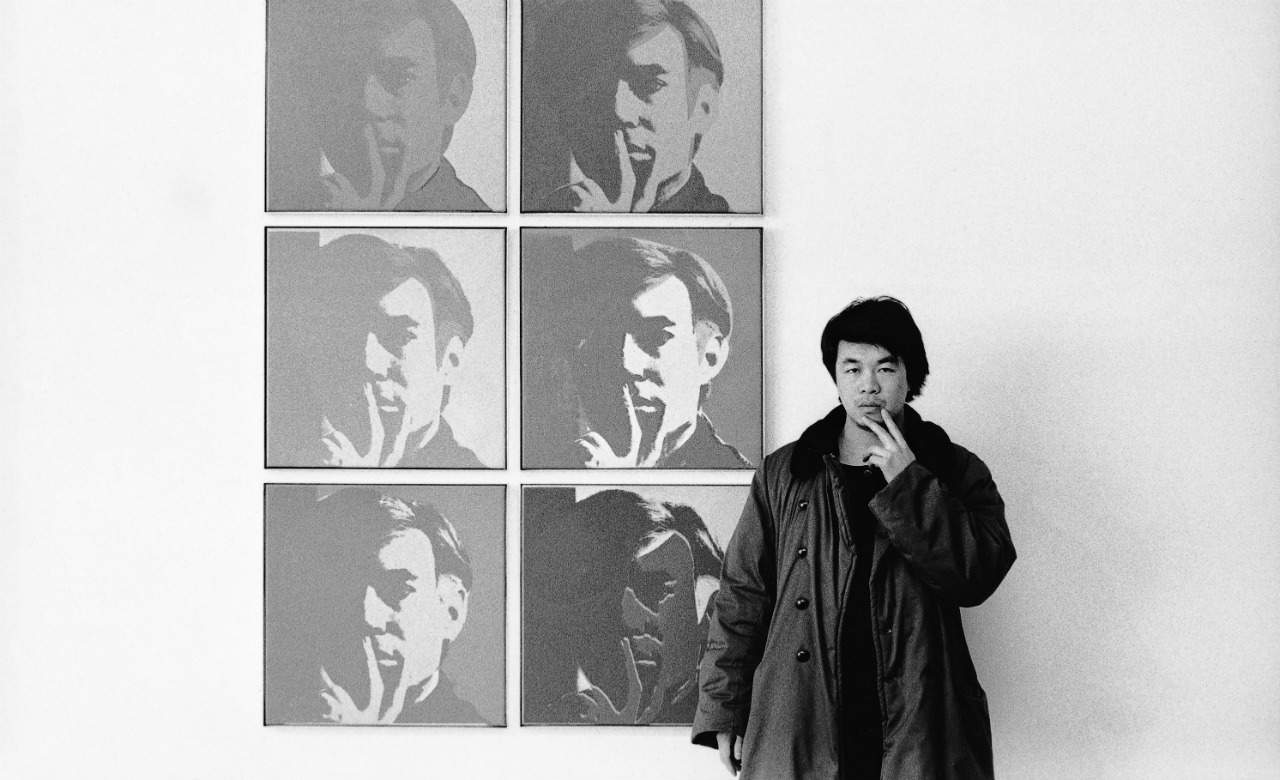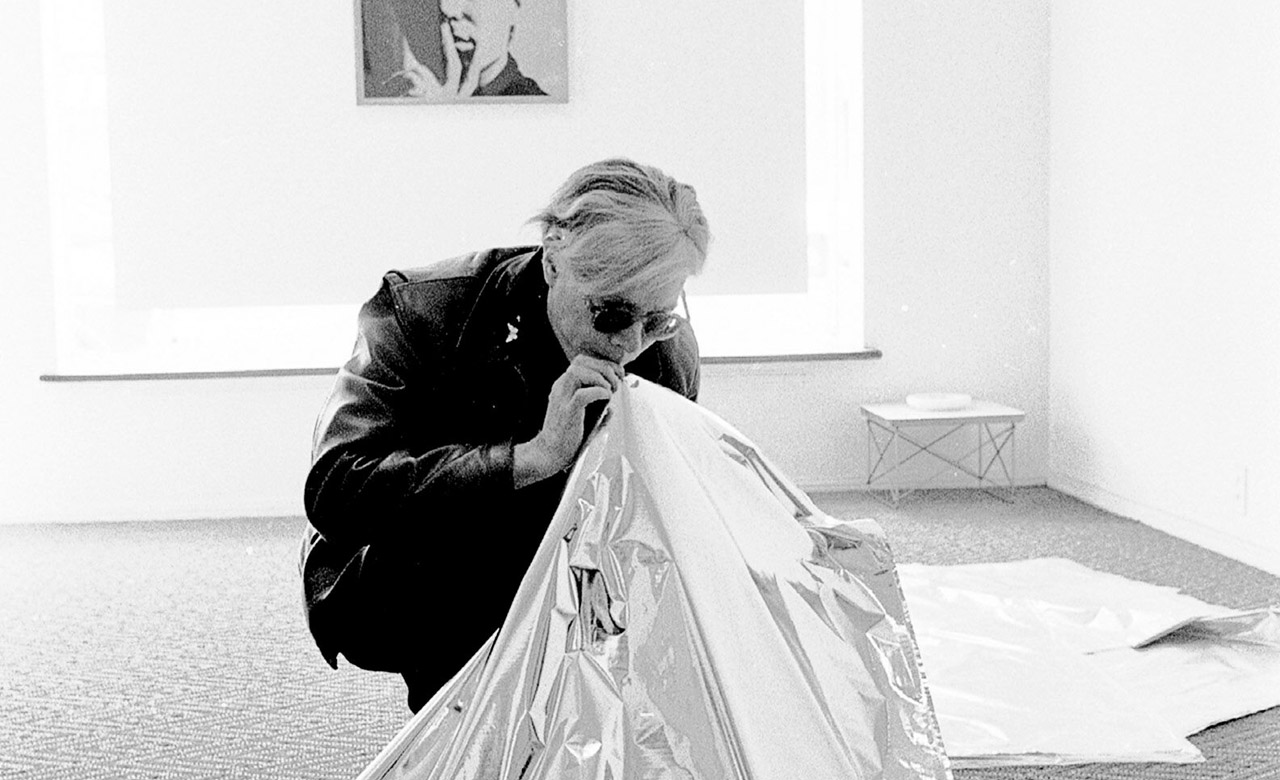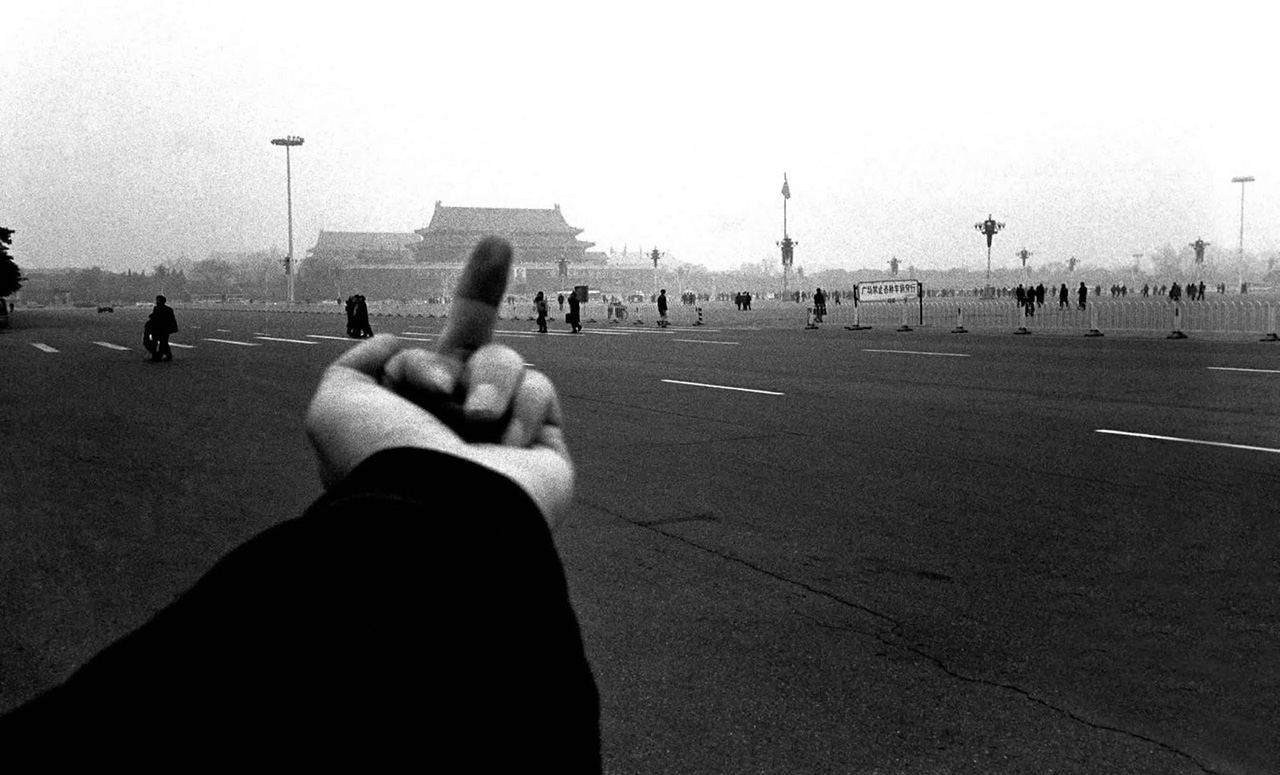Five Must-See Works At The NGV's Epic Andy Warhol | Ai Weiwei Exhibition
Two of the most significant artists of the last two centuries, one extraordinary exhibition.
The National Gallery of Victoria's Andy Warhol | Ai Weiwei double bill is the exhibition to lock in this summer. A show dedicated to just one of these artists would be a blockbuster in its own right, but the two of them together side by side, will undoubtedly see this international exhibition reach epic proportions.
Max Delany, senior curator of contemporary art at the NGV, sees the exhibition as a great opportunity to explore the work of two artists from two very different times. “It is an opportunity to present one of the most significant artists of the twentieth century — the century of modernity and what is often referred to as 'The American Century' — alongside one of the most significant artists living today, an artist from what is often said to be the 'Chinese Century' to come," Delany says. "It's actually a very interesting opportunity to consider the role of both artists and art of their time."
The exhibition will draw out some of the untapped connections between these two artists. For instance, both artists have transformed the concept of the artist's studio, building highly interdisciplinary spaces. Both have radically reconsidered notions of artistic value, turning against the prevailing aesthetic trends of their time. And both are highly attuned to new modes of communication; Weiwei uses virtual networking and the internet to produce his work, while Warhol might be thought of as a social media artist working before his time.
In the midst of a busy installation period, Delany took some time to speak about his five favourite works featured in the exhibition — five you should make no mistake to miss when the exhibition opens this Friday, December 11 in Melbourne.
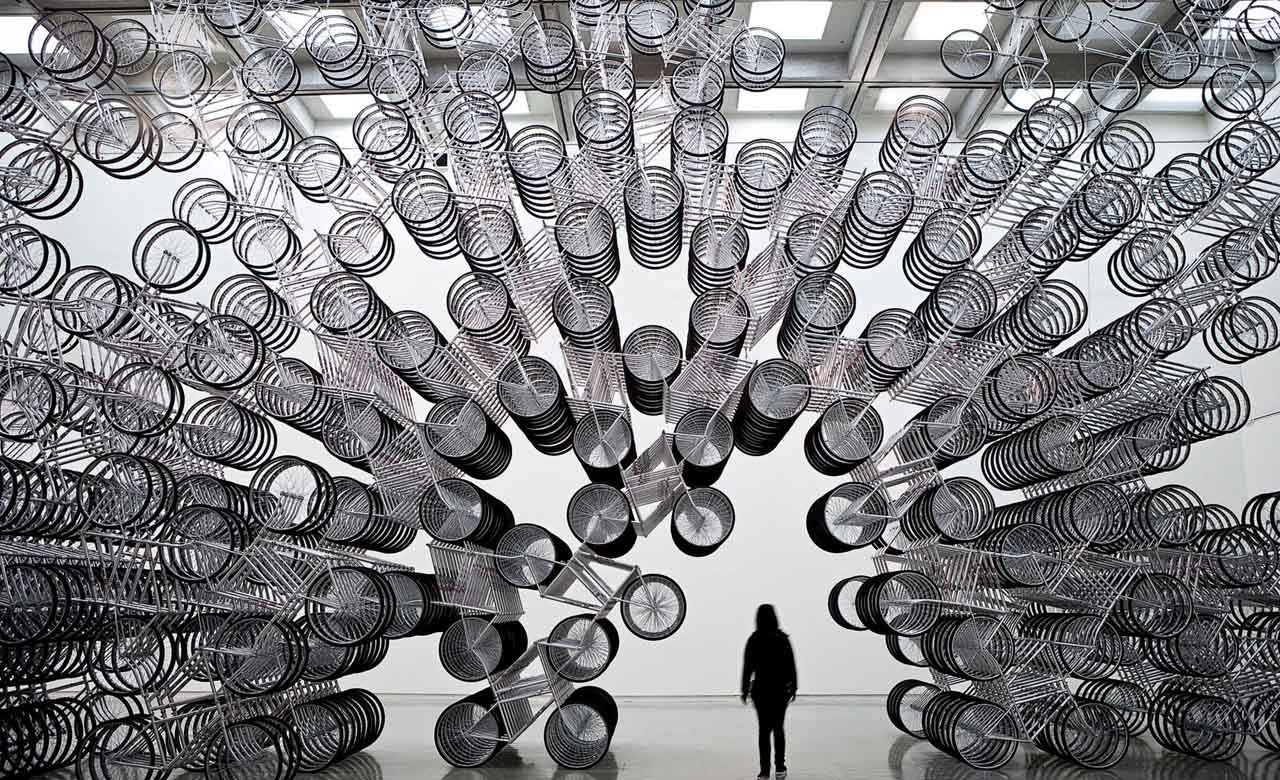
Ai Weiwei
Chinese 1957–
Forever Bicycles, 2011, installation view at Taipei Fine Arts Museum
Image courtesy Ai Weiwei Studio
© Ai Weiwei
1. AI WEIWEI — FOREVER BICYCLES (2011)
"We are going to be installing a new version of Ai Weiwei's Forever Bicycles. This will be a major installation – it's made from almost 1500 bicycles. On the one hand, the bicycle wheel engages with Marcel Duchamp and the whole idea of the readymade. On the other hand, it's quite Warholian and is engaged with repetition. There is an intensely spectacular effect from the repetition of these objects. It also has an important biographical relevance to Ai Weiwei because Forever was the brand of a very popular mass-produced bicycle in China. It's something Weiwei would have desired as a child. The nice thing about these bicycles, which are all linked together, is that the bicycle is related to the individual, but there's also a connection to the multitude. It's very much about collective energy and social progress."
2. ANDY WARHOL — SILVER CLOUDS AND COW WALLPAPER (1966)
"Upon arrival to the exhibition, you will encounter Andy Warhol's Silver Clouds from 1966, which will be presented alongside his Cow Wallpaper. This is a fascinating work, which was first shown in 1966 at Leo Castelli Gallery in New York. Basically, these silver floating pillow forms float through space and are propelled by the bodies of viewers and air currents. It's an immersive experience, very much coinciding with the idea of 'the happening' during the '60s. It also introduced participation into artistic practice. Cow Wallpaper is significant because it is the very first or several designs Warhol did in wallpaper."
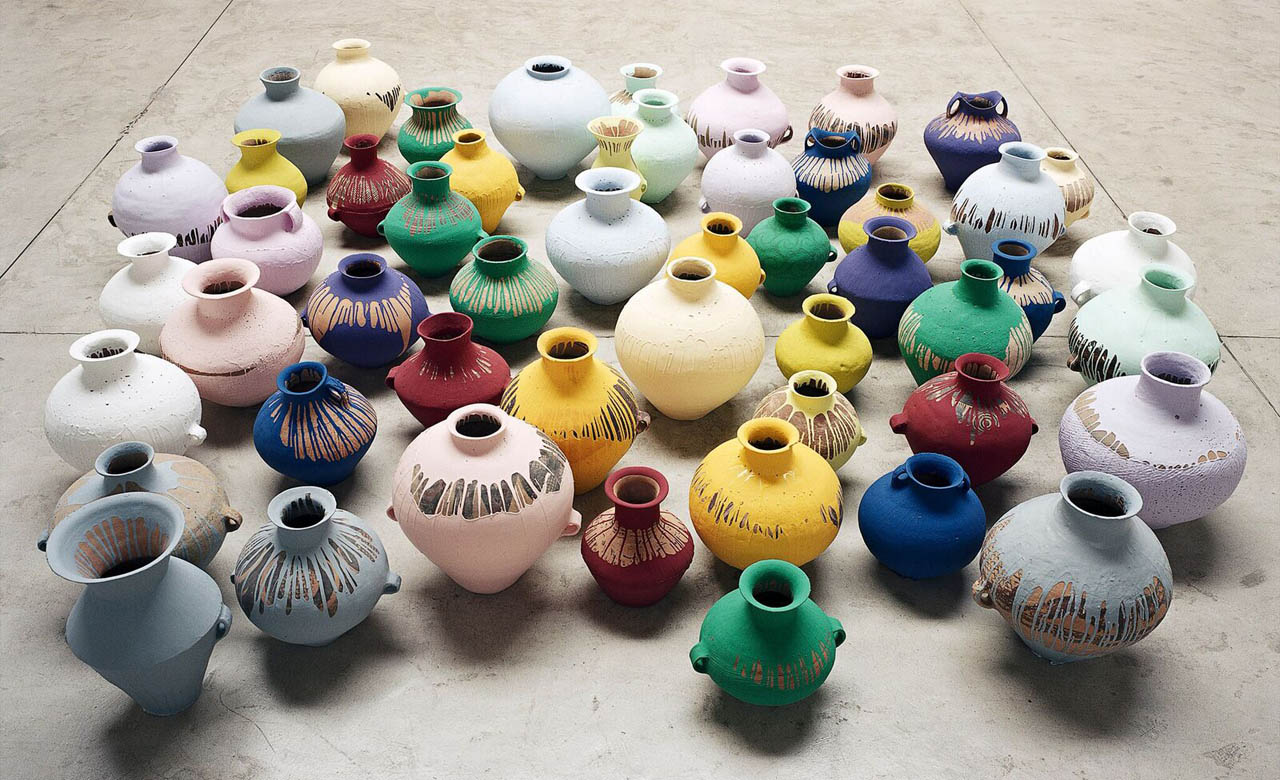
Ai Weiwei
Chinese 1957–
Coloured Vases, 2006 Neolithic vases (5000-3000 BC) and industrial paint
dimensions variable Image courtesy Ai Weiwei Studio
© Ai Weiwei
3. AI WEIWEI — COLOURED VASES (2006)
"I'm excited to be showing Ai Weiwei's Coloured Vases, which is a newer work. These are painted Neolithic pots which really do enact an uneasy confrontation between cultural heritage and tradition on the one hand, and modernity on the other. One is mapped onto the other in quite a violent or iconoclastic way, kind of obliterating history. On the other hand, it also signals new beginnings and possibilities."
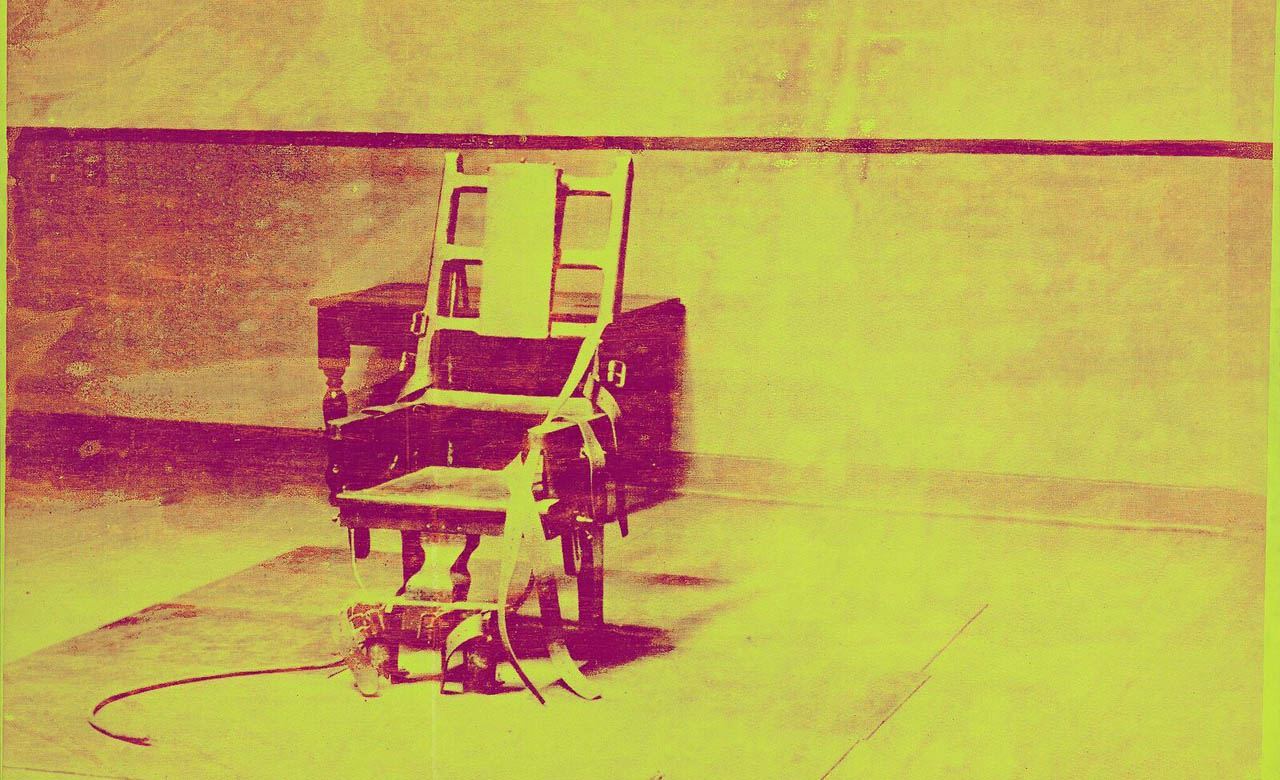
Andy Warhol
Electric Chair, 1967 synthetic polymer paint screenprinted onto canvas
137.2 x 185.1 cm National Gallery of Australia, Canberra
Purchased 1977
© 2015 The Andy Warhol Foundation for the Visual Arts, Inc./ARS, New York. Licensed by Viscopy, Sydney.
4. ANDY WARHOL — ELECTRIC CHAIR (1963)
"Quite often people think of Warhol as quite superficial. However, if you look at some of his depictions of violence and tragedy in American society, he's really quite an epic history painter. One of the most profound and striking works in the exhibition is Warhol's Electric Chair from 1963. It's an example of his innovations in silkscreen painting from that time., but it's also a very stark and austere image. It puts the relationship between the state and the individual into sharp relief. This is also an important subject for Ai Weiwei, whose work really does address some of the critical issues of our time, such as human rights and freedom of expression."
5. AI WEIWEI — STUDIES IN PERSPECTIVE (1994)
"This is a very cheeky body of work, but it is also very considered. You're probably familiar with Studies in Perspective where he raises his middle finger to various buildings representing state authority, from the White House to Tiananmen Square. On the one hand, this is a playful work about measuring the distance between the artist and his subject. On the other hand, it sets up an interesting relationship between the individual and the state. These works were made from 1994 onward and they remind me very clearly of that extraordinary image from Tiananmen Square in 1989 — that lone demonstrator standing in front of a Tank and the asymmetrical relationship between the individual and an authoritative figure."
Andy Warhol | Ai Weiwei will run at the National Gallery of Victoria from December 11 until April 24. For more information, visit the NGV's website.

